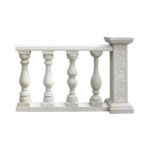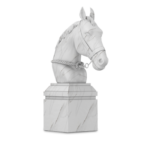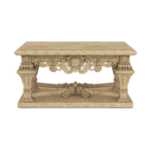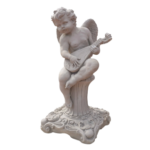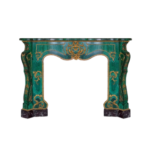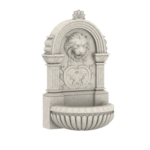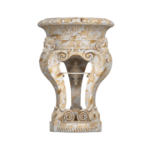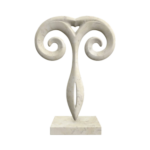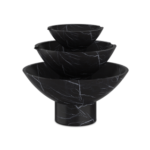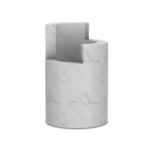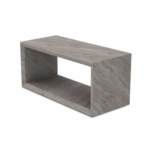May 14, 2021 Author: admin
Statues of Greece vs. Statues of Rome
For many years, classical art has been a reflection of the cultures of Greece and Rome.
Greek and Roman sculptures are two of the most well-known examples of classical art.
While these two cultures are often identified with each other in the Western mind, there are several significant differences in terms of style and characteristics.
It is true that the statues created by sculptors and architects propelled Greek and Roman art to new heights but at the same time, these statues displayed differences.
Let’s know about a few of their differences –
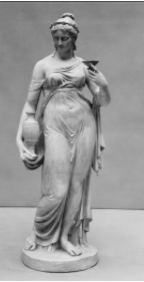
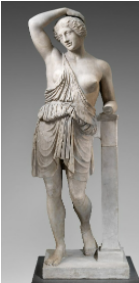
Greek statues and sculptures can stand on their own without the need for any additional support. The Roman statues, on the other hand, required external support because they could not stand upright.
In fact, the statues were supported by posts. This is one of the most noticeable differences between Greek and Roman statues.
The Greeks primarily used bronze in the creation of statues. The Romans, on the other hand, were influenced by the Greeks in their use of bronze, but they also used marble and porphyry in the creation of statues.
This is another significant distinction between Greek and Roman statues.

Greek statues were made out of polychrome terracotta. The polychrome terracotta was then nicely painted.
On the other hand, it is thought that the Romans mixed materials in the creation of statues to save money.
Another significant distinction is that Roman artists produced a large number of busts. The Greek artists, on the other hand, are not in this category.
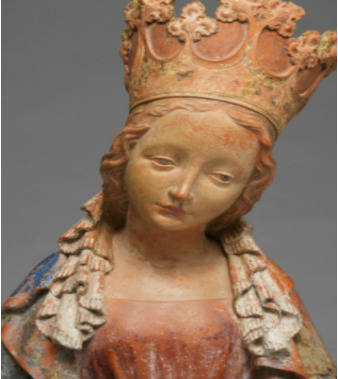
The Greek artists, on the other hand, focused more on mythology when creating the statues. This is not true of the Roman artists.
The Greeks placed a greater emphasis on athleticism, and they were successful in producing idealistic statues.
The Romans, on the other hand, believed in realism. They did not believe much in mythology, but they valued realism and took a keen interest in creating statues of real people.
In addition to real people, the Romans sculpted statues of historical events. On the other hand, Greek artists did not produce a large number of statues of real people.
This is primarily why Roman busts became so popular as a reflection of their statue-making style. These bust statues made Roman artists very popular as well.
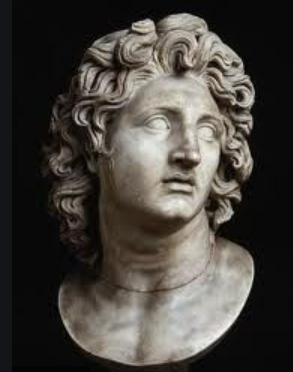
It is worth noting that the Greek sculptors initially focused solely on the creation of small statuettes.
They gradually progressed to making statues of mythological characters. They also advanced their status as marble sculpture creators.
After a sluggish start, this is how Greek sculptors and artists advanced. In fact, when compared to their Roman counterparts, they advanced at a rapid pace.
This is another significant difference between Greek and Roman statues.
The Roman artists and sculptors, on the other hand, tried to preserve the statue culture and tradition at first, and thus closely followed the work of the Greek artists. They eventually developed their own distinct style of stature making over time.
These are the major distinctions between the two major styles of statue creation, Greek and Roman.
If you’re looking to get a customized sculpture to your lawn or garden, you must definitely check out Marblising and their catalog of amazing elegant marble sculptures.
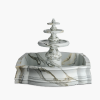



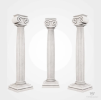
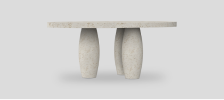


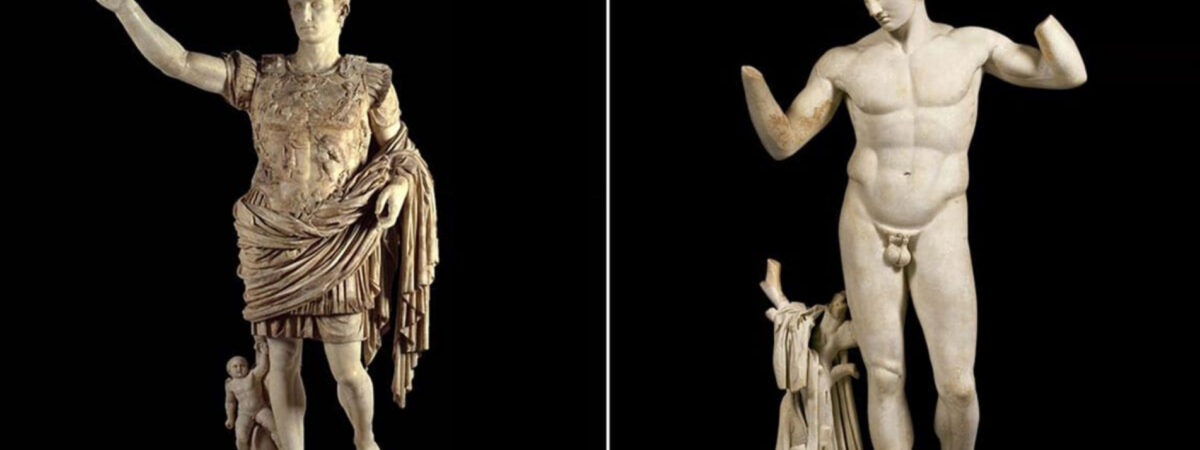

![- 17 Inspiring New Driveway Landscaping Ideas [2022]](https://phpstack-949241-3334629.cloudwaysapps.com/wp-content/uploads/2022/06/dorian-mongel-JM9RCH-cbYo-unsplash1.jpg)
![- 7 Florida Landscaping Ideas To Enhance Your Yard [2022]](https://phpstack-949241-3334629.cloudwaysapps.com/wp-content/uploads/2022/06/derick-mckinney-dlzCGn5LndM-unsplash.jpg)
